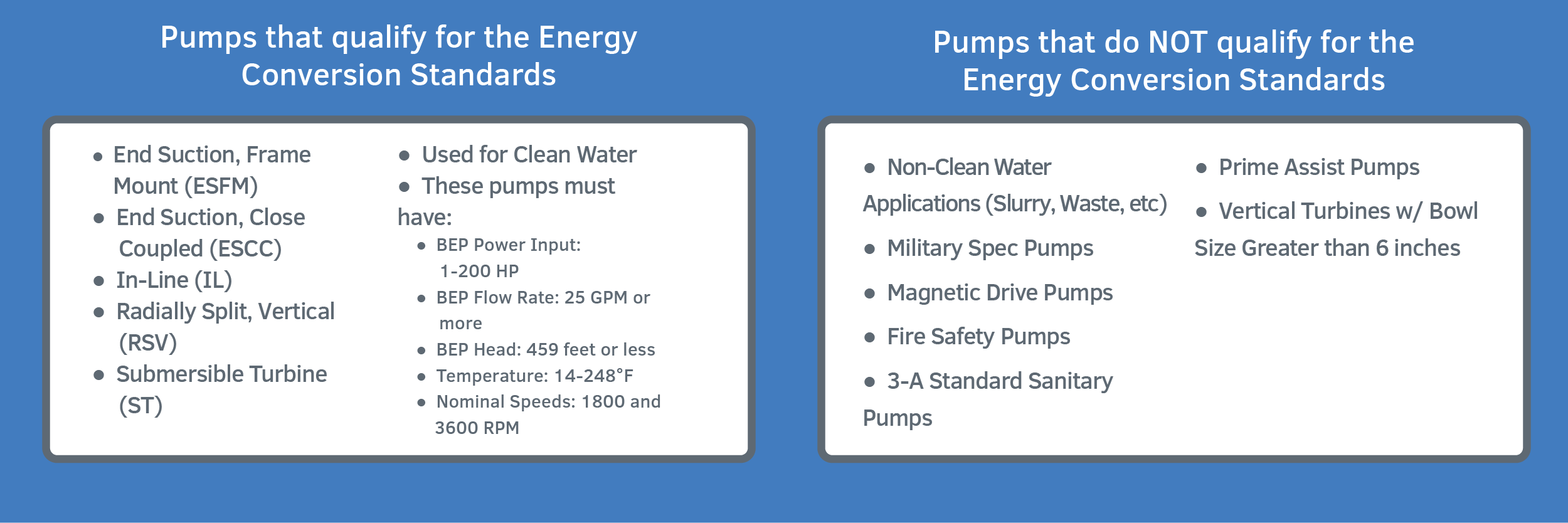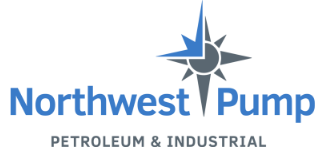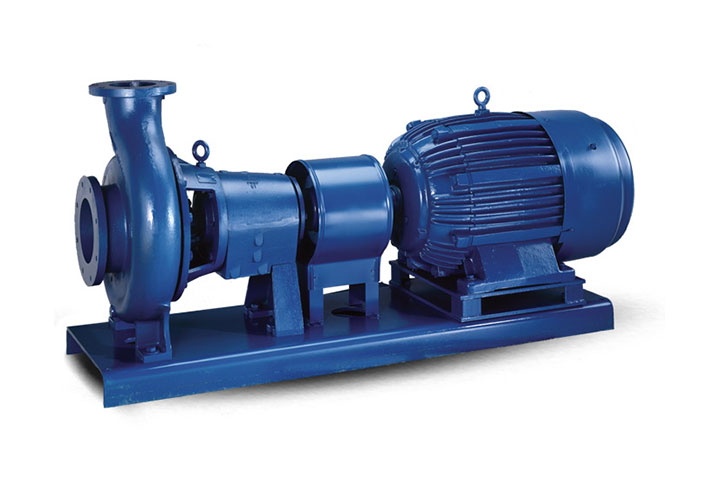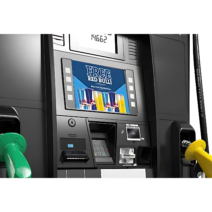In 2016, the Department of Energy changed its standards guidelines of pumping equipment. Later, in January 2020, the Department of Energy finalized and published these standards and began requiring compliance. These measures are helpful for business owners and facility managers. They maximize the effectiveness of a pump and reduce needless energy waste, which helps save money and protect the environment. If you have not had to buy a pump in the last five years, Northwest Pump would like to offer a short guide on what these regulations mean and what to look for when purchasing a new pump.
With these rules implemented, the US expects to save 290 trillion BTUs over the next thirty years. For context, one BTU (British Thermal Unit) is the amount of energy it takes to boil one pound of water. With just half of that energy, we could boil Lake Erie and Lake Huron dry. This reduction in energy can save around three-hundred million dollars in utility bills over the course of this timeframe.
When Do These Pump Regulations Apply?
The standards in these regulations are for ‘clean water’ pumps, meaning pumps that deal with safe drinking water. These pumps will also have nominal speeds of either 1800 or 3600 RPM. Pumps that deal with slurry, fire safety, wastewater- or pumps designed with Military specifications, magnetic drive pumps, or 3-A Standard Sanitary pumps do not have to follow the listed regulations.

What are the Regulations?
The Department of Energy refined these energy standards into a PEI rating, which stands for Pump Energy Index. The industry can measure PEI in one of two ways, depending on the pump’s capabilities. A constant pump’s energy rating is divided by the standard energy rating. A variable load pump’s average energy rating is divided by the standard pump energy rating.
The Department of Energy set the scale with 1 as the baseline energy requirements allowed in the US. Anything above a 1 on that scale is too inefficient and non-compliant with the regulation. Anything below a 1 means that the pump uses even less energy and complies with the rules. On one hand, the lower the score, the more opportunities to have installation costs covered by subsidies from the county, state, or federal government. However, a pump with a PEI of .25 does not make it the end-all solution pump for a facility’s needs. While a pump may use more power, it can be more beneficial for the process of the entire facility. Understanding both the needs of your facility and the benefits afforded by PEI will give you the knowledge you need to make the best possible choice.
Next Steps
Want to understand more about what goes into pump efficiency? Check out Hydraulic Institute’s video on their energy rating system in relation to PEI. Similarly, if you need to look for a new energy-efficient pump, contact our team here or at sales@nwpump.com to find out how to save more energy and money today!


